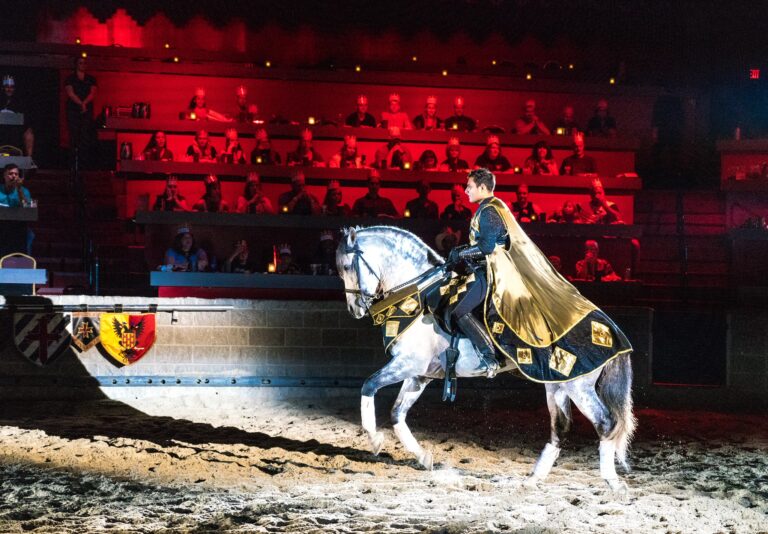In the first of two in-depth profiles on low-wage workers, The New York Times features the story of 58 year-old Eduardo Shoy, a New York City fast food worker who holds two jobs and is struggling to support a wife and children. The second profile featured in The Times details the increasingly common phenomenon of low-wage workers unable to afford the basic necessities of life that they themselves work long hours to sell in their stores.
In California, labor and employment issues have dominated the state legislature, with the L.A. Times reporting that major workplace issues like wages, overtime, hours of work and working conditions were all the subject of recent legislative debate. California Labor Federation spokesperson Steve Smith hailed the legislative activity, noting that “it would be hard to argue that there’s been a better year for worker legislation.” The California branch of the National Federation of Independent Businesses was more critical, with legislative director Ken DeVore arguing that the bills were “indicative of an underlying hostility to business.”
The Washington Post reports on efforts across the country to raise the minimum wage, driven largely by Democrats and focused on achieving successes at the local level. The Post also features a discussion on efforts in Maryland to raise the minimum wage, where opinions are split about whether recent local wage hikes in Montgomery and Prince George’s counties will help or hinder the push for a state-wide raise.
In a New York Times op-ed, Paul Collier argues that advocates of immigration reform should carefully consider the effects of migration on source countries, and posits that high emigration rates, particularly of skilled workers, can have a debilitating impact on developing nations.
The L.A. Times reports that the number of new unemployment claims dropped by 10,000 last week, to a total 316,000, signalling an easing off of lay-offs. The effects of unemployment are not felt equally, however, as the Washington Post highlights the pervasive problem of unemployment among Native Americans, who have had a nation-wide unemployment rate of over 10% for five years. The gap in employment rates between Native American and white Americans ranges state by state, from as low as 5% to as high as 32%.






Daily News & Commentary
Start your day with our roundup of the latest labor developments. See all
January 11
Colorado unions revive push for pro-organizing bill, December’s jobs report shows an economic slowdown, and the NLRB begins handing down new decisions
January 9
TPS cancellation litigation updates; NFL appeals Second Circuit decision to SCOTUS; EEOC wins retaliation claim; Mamdani taps seasoned worker advocates to join him.
January 8
Pittsburg Post-Gazette announces closure in response to labor dispute, Texas AFT sues the state on First Amendment grounds, Baltimore approves its first project labor agreement, and the Board formally regains a quorum.
January 7
Wilcox requests en banc review at DC Circuit; 9th Circuit rules that ministry can consider sexual orientation in hiring decisions
January 5
Minor league hockey players strike and win new deal; Hochul endorses no tax on tips; Trump administration drops appeal concerning layoffs.
December 22
Worker-friendly legislation enacted in New York; UW Professor wins free speech case; Trucking company ordered to pay $23 million to Teamsters.